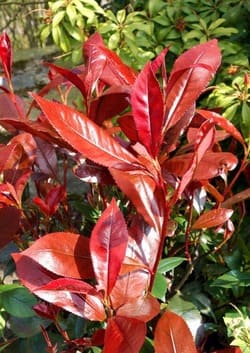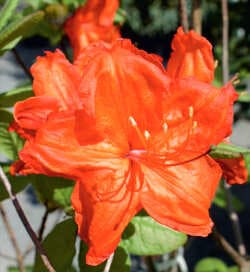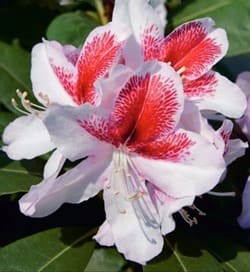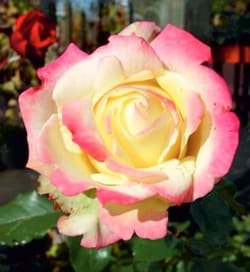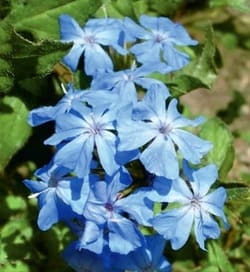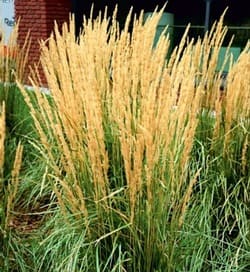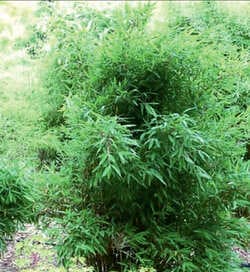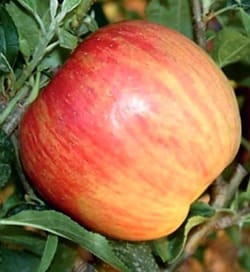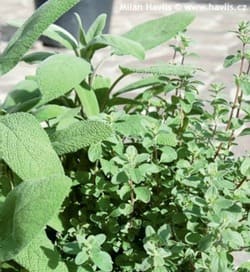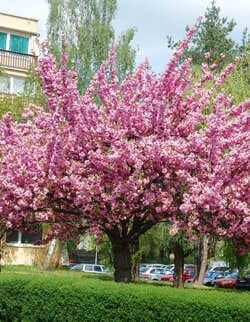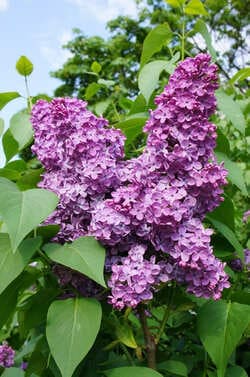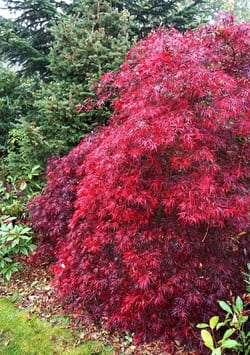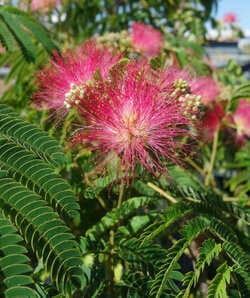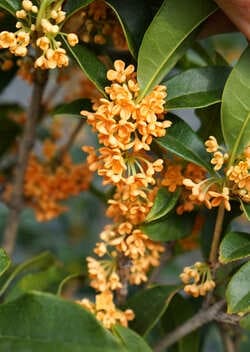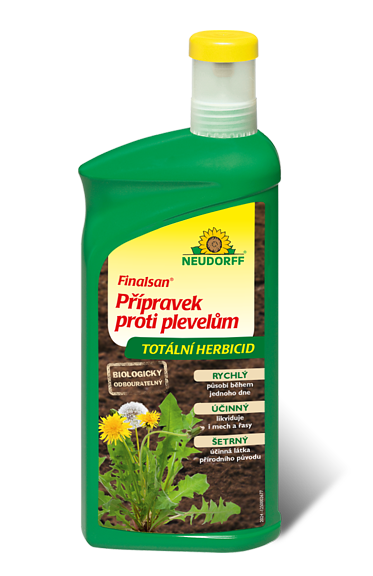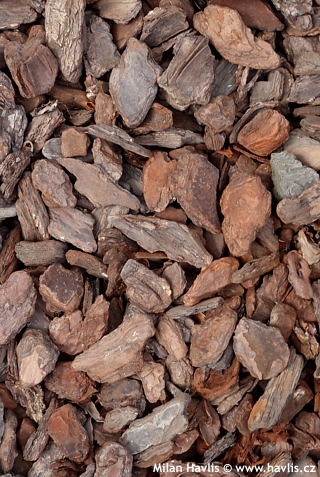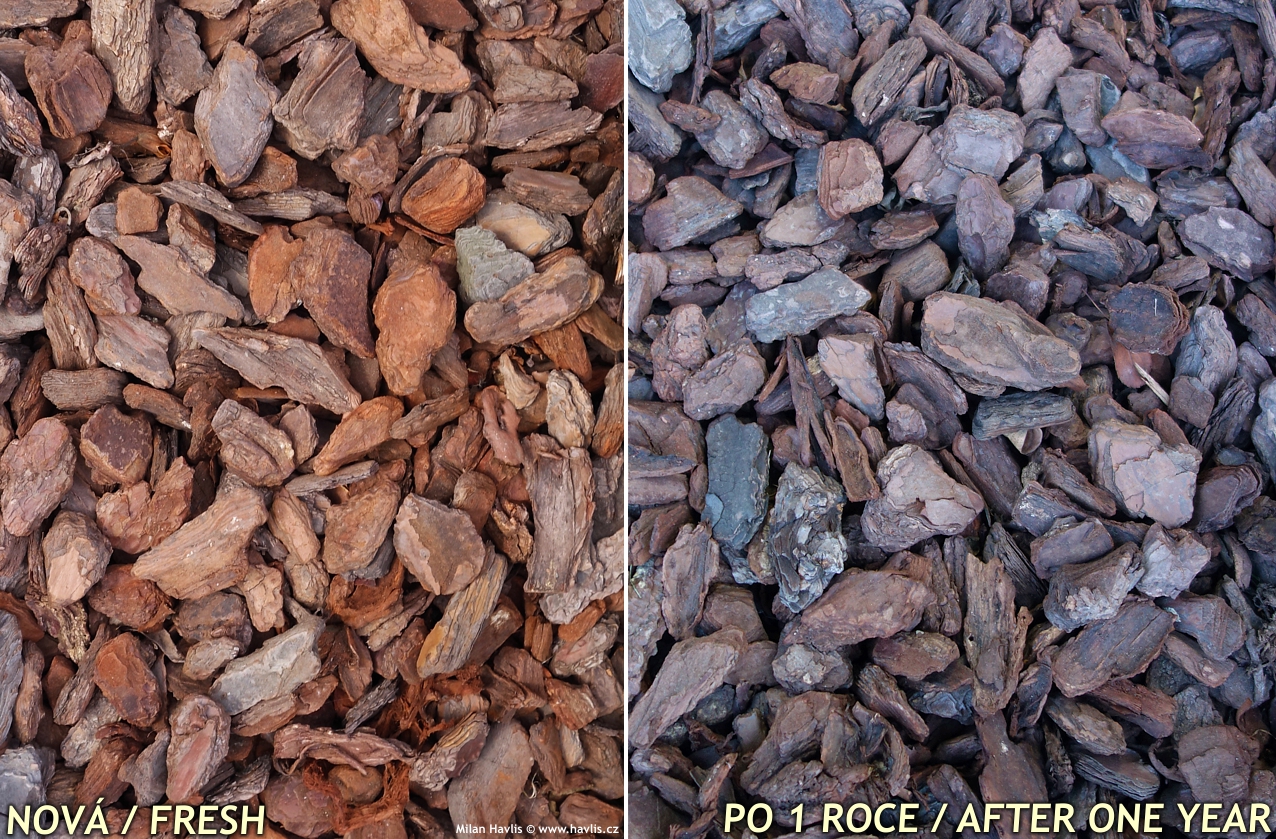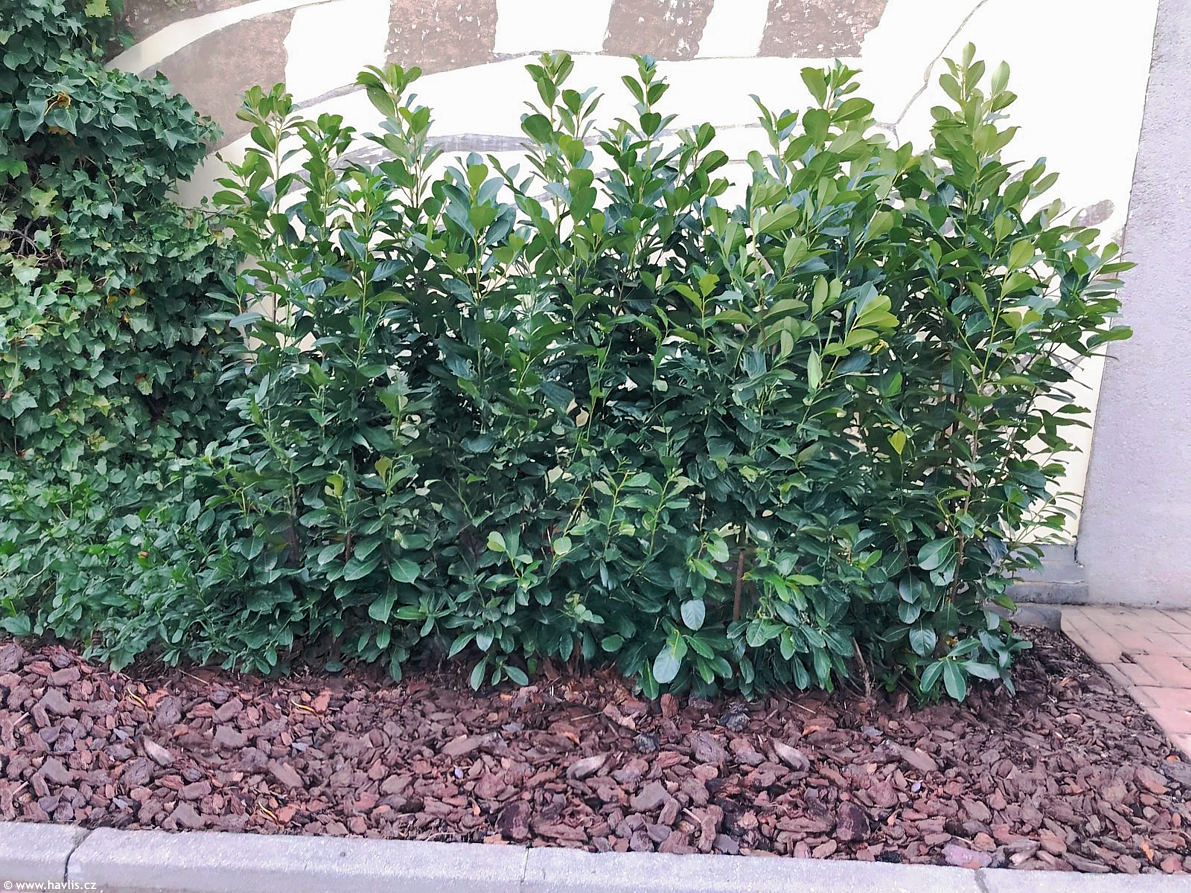Mulčovací kůra piniová frakce 40-60 mm Pine bark mulch 40-60 mm
Bark mulch is a horticultural material that mimics the natural insulation layer that forms in nature through the continuous fall of leaves, needles, bark peeling off the trees, and wilting of herbaceous plant parts. It retains moisture, helps against rapid temperature fluctuations, and as it gradually decomposes, it also partially acts as a source of nutrients. A solid layer reliably protects the soil against erosion, and a thick layer helps suppress weed growth. Moreover, it provides an environment for microbiological life, which is essential for long-term quality of the soil.
Bark mulch is a product made from various types of raw materials and does not always contain only desirable components. Since it is most often obtained from woodworking plants, primarily sawmills where it is a by-product, its quality varies depending on the type of processing and sorting. Cheap products have a short lifespan, and you need to add more and more every other year because the bags also contain various amounts of waste such as chips and sawdust which decompose quickly, and poorly processed pieces of bark that are unattractive and often tend to be carried away by the wind.
High-quality types of mulch bark are processed differently - the bark is sorted, crushed into fractions (smaller parts), and often composted, which prevents excessive resin secretion in case of conifer bark, so it does not drastically lower the pH to an overly acidic reaction, which some plants do not tolerate. It does not need to be topped up often as it remains nice and undecomposed longer.
Pine mulch bark 40/60 is a premium product produced in Spain and Portugal from the bark of Mediterranean pines and maritime pines. The bark is carefully sorted, crushed into several size fractions, then lightly milled to smooth the edges which prevents early decomposition. It is composted (steam-treated) to prevent seeds from germinating and to get rid of pathogens (fungi, viruses, diseases). It does not contain waste components which makes it very beautiful, and its use elevates the aesthetics of any landscape to a completely different level. It is lightweight and easy to work with, and the smaller fractions create a calm, continuous surface from which fallen leaves are easily picked up in autumn. 40/60 is a large fraction and is ideal among large shrubs or trees and is a perfect companion for giant bonsai. Sometimes it is used as a standalone decorative element in combination with other materials (pebbles or gravel) when creating dry rivers and streambeds.
Fresh bark is reddish-brown and soon darkens slightly in the sun, losing its reddish hue, but retains a pleasant brown color for many years. It is more expensive than regular bark so if you want to save money you can use these two tricks: use mulching fabric underneath it, which allows for a significantly thinner layer of bark (about 3 cm), and one 70-liter bag then covers about one square meter. The second trick is to use regular (cheaper) bark for the bottom layer for functionality and pine bark on top only as a decoration in a thin layer. In this case, you do not need (but can still use) mulching fabric underneath.









